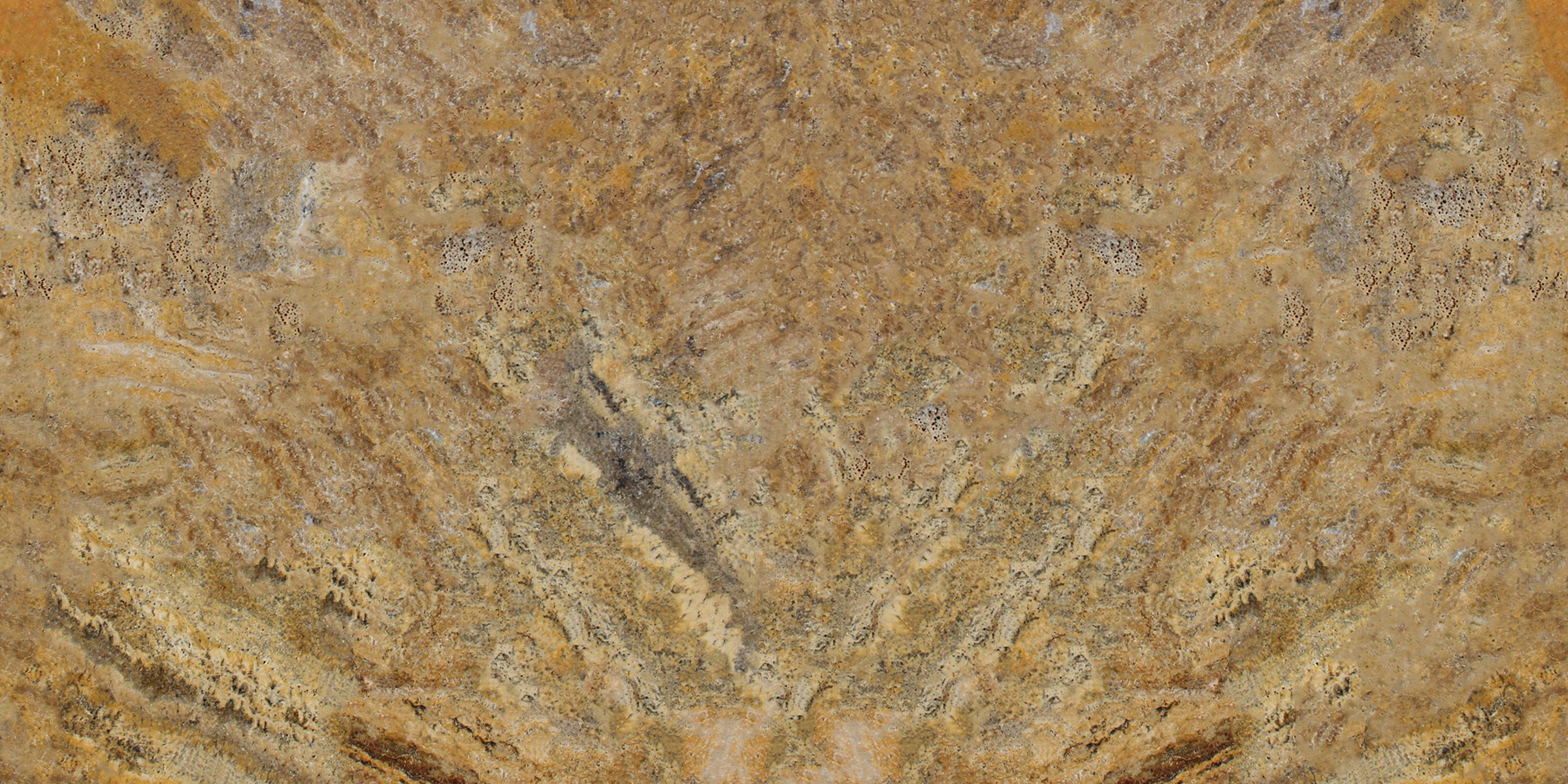What's the difference between a paver and a tile? When it comes to designing floors, patios, or pathways, knowing the difference between pavers and tiles is key. While they may look similar and serve overlapping purposes, pavers and tiles have distinct characteristics that make each ideal for specific applications. Understanding these differences difference between a paver and a tile can help you make the best choice for your project, whether it’s an outdoor patio, a cozy indoor space, or even a driveway.
1. Definition and Purpose
- Tiles: Typically used indoors, tiles are flat, thin pieces of material—like ceramic, porcelain, or natural stone—designed for floors, walls, and backsplashes. Tiles add aesthetic appeal and are often chosen for their visual and textural qualities.
- Pavers: Pavers, on the other hand, are thicker, more durable blocks made from materials like concrete, brick, stone, or even rubber. They are designed to withstand the rigors of outdoor environments, making them perfect for patios, driveways, pathways, and pool decks.
2. Material Composition
- Tiles: Available in a variety of materials including ceramic, porcelain, glass, and stone, tiles are generally more delicate than pavers. Indoor tiles can be less durable than pavers since they aren't meant to endure intense weight or weathering.
- Pavers: Pavers are made from strong materials like concrete, clay, or natural stone. Their composition allows them to handle pressure, heavy foot traffic, and varying weather conditions, which makes them ideal for outdoor installations.
3. Thickness and Durability
- Tiles: Indoor tiles are usually thinner, generally ranging from 0.25 to 0.5 inches in thickness. While they’re durable enough for indoor use, they don’t typically withstand heavy outdoor use or extreme weather as well as pavers.
- Pavers: Pavers are significantly thicker—often around 1 to 2 inches. This thickness gives them the strength to withstand outdoor elements and the weight of vehicles on driveways. They can endure freeze-thaw cycles, UV exposure, and heavy foot or vehicle traffic without cracking or chipping.
4. Slip Resistance and Safety
- Tiles: Indoor tiles, especially ceramic and porcelain, can become slippery when wet. For outdoor applications or in wet areas like bathrooms, look for textured or slip-resistant tiles.
- Pavers: Outdoor pavers are often designed with textured surfaces to provide better grip, even in wet conditions. This makes them a safer option for high-traffic areas like walkways, driveways, and pool surroundings.
5. Installation and Maintenance
- Tiles: Typically installed over concrete subfloors with adhesives or mortar, tiles require precise leveling to prevent cracking. Indoors, they’re fairly low-maintenance but may require occasional grout cleaning and sealing.
- Pavers: Pavers are installed over compacted soil or sand, making them easier to adjust or replace individually if they shift or become damaged. Maintaining pavers can involve sweeping, occasional power washing, and resealing to protect against stains and weathering.
6. Appearance and Aesthetic Versatility
- Tiles: Known for their versatility in colors, patterns, and finishes, tiles can match nearly any design style. They’re great for creating intricate designs indoors, from bathroom backsplashes to kitchen floors.
- Pavers: While pavers come in various colors and shapes, they are generally more uniform in appearance and lend themselves well to outdoor, natural-looking designs. They can mimic natural stone and fit in well with most landscape aesthetics.
7. Cost Considerations
- Tiles: The cost of tiles varies depending on the material. Ceramic tiles tend to be more budget-friendly, while porcelain and natural stone options are more expensive.
- Pavers: Pavers can range from affordable concrete options to higher-end stone or clay varieties. However, given their durability, they are often seen as a worthwhile investment for outdoor projects that require long-term resilience.
8. Best Applications for Each
- Tiles: Ideal for indoor use in areas such as bathrooms, kitchens, and living spaces. They can also be used outdoors on patios, but only if the tile is specifically rated for outdoor use.
- Pavers: Perfect for outdoor spaces like patios, garden pathways, driveways, and pool surrounds. Their durability makes them ideal for high-traffic areas, and their thicker structure can handle heavy weight.
In Summary
What's the difference between a paver and a tile? Both pavers and tiles have unique strengths, and the best choice will depend on the specific needs of your project. If you’re working on an outdoor project that requires durability, slip resistance, and resilience to weather, pavers are the way to go. For indoor spaces where design and aesthetics are a priority, tiles offer endless options to bring a room’s style to life.
Choosing the right option from the start will ensure your flooring or paving looks great and lasts for years to come.

